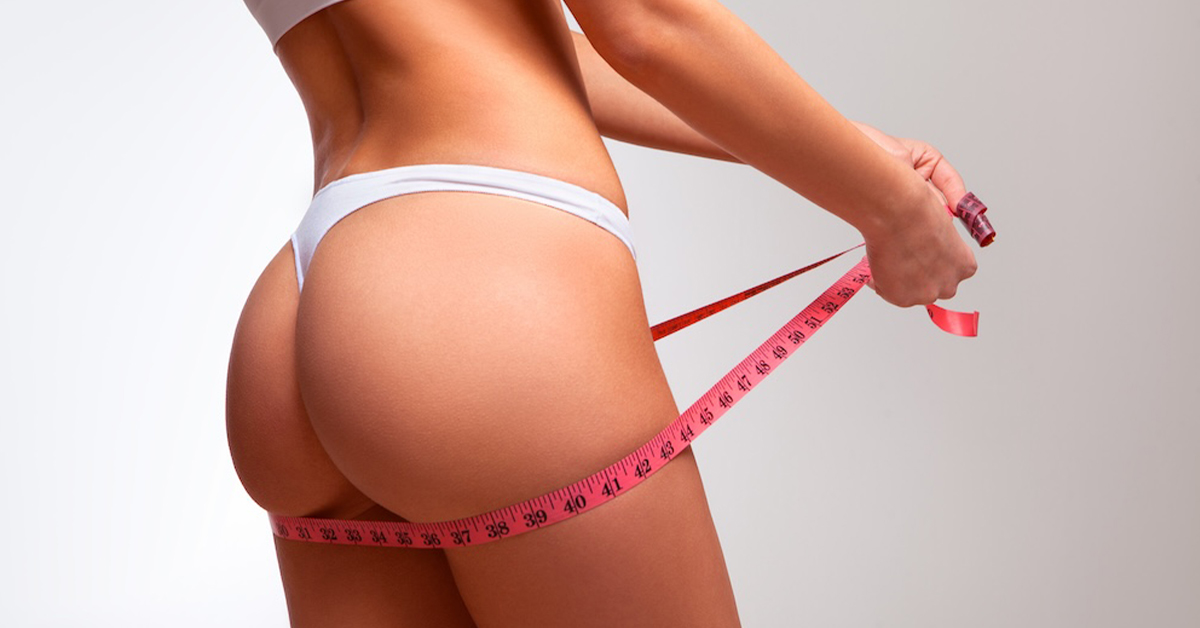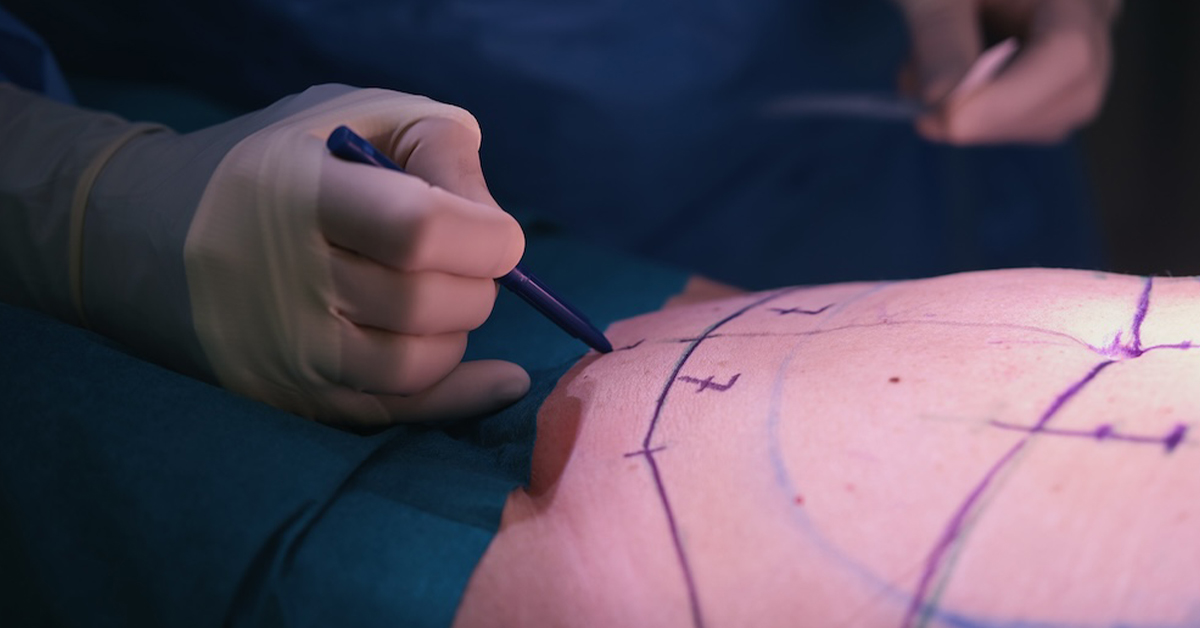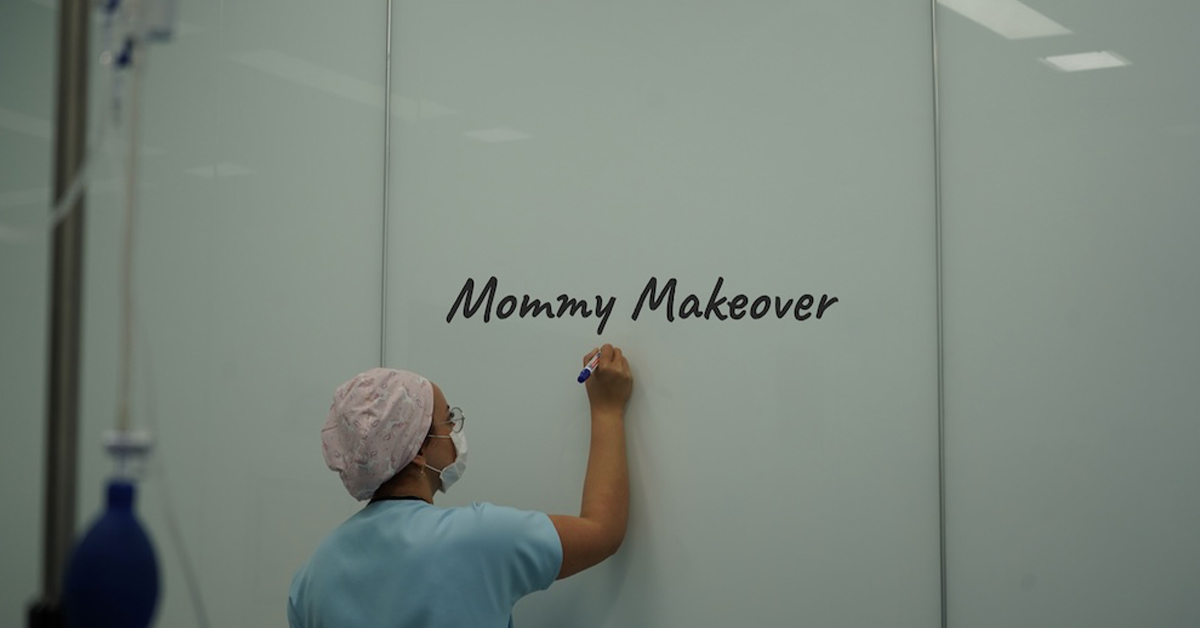Managing Bruising After Fat Transfer: Tips and Expectations
Bruising is a common side effect after fat transfer procedures. Proper management of bruising can help improve the recovery process and minimize discomfort. Here are some tips and expectations for managing bruising after fat transfer
-
Bruising is a common side effect after fat transfer procedures
-
Proper management of bruising can improve the recovery process
-
Minimize discomfort by following these tips and expectations
Understanding the Healing Process After Fat Transfer
After undergoing a fat transfer procedure, it is important to have a clear understanding of the healing process to ensure a smooth recovery. This section will guide you through the different stages of healing and what you can expect during each phase.
Post-Liposuction Swelling
Following fat transfer, it is common to experience post-liposuction swelling in the treated area. This swelling occurs as a result of the trauma caused by the fat transfer procedure and the body’s natural response to it. Swelling typically peaks within the first few days and gradually subsides over the course of several weeks. To reduce swelling, your surgeon may advise you to wear compression garments and elevate the treated area when resting.
Fat Injection Recovery Period
The recovery period after fat injection varies depending on the extent of the procedure and individual healing factors. In general, you can expect the initial recovery phase to last about one to two weeks, during which time you may experience bruising, swelling, and discomfort. It is important to closely follow your surgeon’s post-operative care instructions, including any medication or topical creams prescribed, to ensure proper healing and minimize the risk of complications.
Duration of Bruising After Fat Transfer
Bruising is a common side effect of fat transfer procedures and can be expected in the treated area. The duration of bruising can vary from person to person, but typically resolves within two to three weeks. To help reduce bruising and promote faster healing, you can apply cold compresses to the area for the first few days after the procedure. Avoiding blood thinning medications, such as aspirin or ibuprofen, prior to surgery can also help minimize bruising.
| Stage | Description |
|---|---|
| Initial Recovery | This stage lasts about one to two weeks and is characterized by bruising, swelling, and discomfort. Follow your surgeon’s post-operative care instructions. |
| Subsiding Swelling | Swelling gradually subsides over the course of several weeks. Wear compression garments and elevate the treated area when resting to help reduce swelling. |
| Resolving Bruising | Bruising typically resolves within two to three weeks. Apply cold compresses to the area and avoid blood thinning medications to promote faster healing. |
Understanding the healing process after fat transfer can help you better manage your recovery and achieve the desired results. Remember to consult with your surgeon for personalized advice and follow their recommendations for a successful and smooth healing journey.
Tips for Minimizing Bruising and Promoting Healing
After undergoing a fat transfer procedure, proper postoperative care is crucial for minimizing bruising and promoting optimal healing. By following these tips, you can enhance your recovery experience and achieve the desired results of your fat grafting:
1. Follow your surgeon’s postoperative care instructions
Your surgeon will provide you with specific instructions for postoperative care after your fat transfer procedure. It is essential to follow these instructions diligently to minimize bruising and ensure proper healing. This may include wearing compression garments, taking prescribed medications, and avoiding certain activities or behaviors that could hinder the healing process.
2. Apply cold therapy
Cold therapy can help reduce swelling and bruising after fat transfer. Apply a cold compress or ice pack wrapped in a cloth to the treated area for short intervals several times a day. Be sure to follow your surgeon’s guidelines on the duration and frequency of cold therapy to avoid any complications.
3. Elevate the treated area
Keeping the treated area elevated can help reduce swelling and promote proper blood circulation, aiding in the healing process. Use pillows or cushions to comfortably elevate the area while resting or sleeping. Avoid excessive pressure or movement that could disrupt the healing tissues.
4. Maintain a healthy lifestyle
Leading a healthy lifestyle can significantly contribute to the healing process after fat transfer. Eat a nutritious diet rich in vitamins and minerals, stay hydrated, and avoid smoking and excessive alcohol consumption. By taking care of your overall health, you can support the body’s natural healing mechanisms and potentially reduce bruising.
Remember, every person’s healing process may vary, and it is essential to consult with your surgeon to obtain personalized advice and guidance throughout your recovery journey.
| Tips for Minimizing Bruising and Promoting Healing |
|---|
| 1. Follow your surgeon’s postoperative care instructions |
| 2. Apply cold therapy |
| 3. Elevate the treated area |
| 4. Maintain a healthy lifestyle |
Conclusion
Managing pain after fat transfer and reducing post-surgical bruising are important aspects of the recovery process. By following proper post-operative care and adhering to the tips provided, you can help minimize discomfort and promote optimal healing.
One key factor in reducing bruising is to avoid any strenuous activities or heavy lifting for the first few weeks after the procedure. This will help prevent unnecessary pressure on the treated area and allow the body to heal more effectively.
In addition, applying cold compresses or ice packs to the bruised areas can help reduce swelling and alleviate pain. It is important to wrap the compress or pack in a cloth to avoid direct contact with the skin. Be sure to follow your surgeon’s recommendations regarding the frequency and duration of cold compress application.
By closely following these guidelines and seeking guidance from your surgeon, you can effectively manage pain, reduce post-surgical bruising, and enhance your overall recovery experience after a fat transfer procedure.
Plastic Surgery in Miami, FL
The first step in getting a Plastic Surgery in Miami is to schedule a consultation with us. If you are interested in learning more, call us now at (305) 406-9055 or schedule a consultation online Now.







